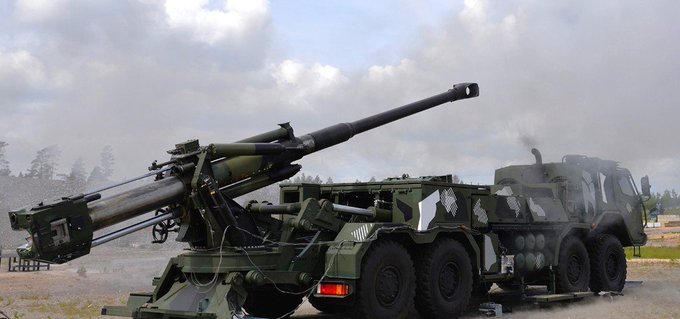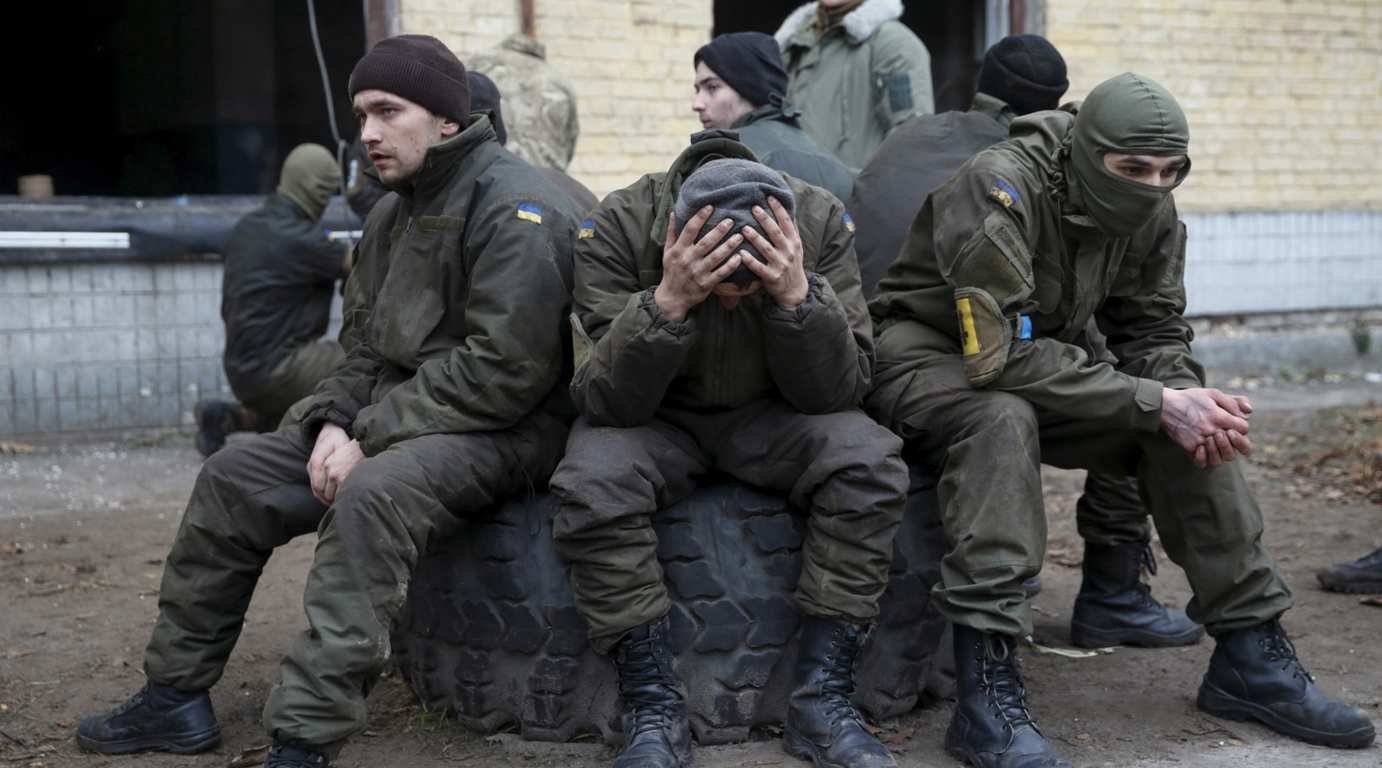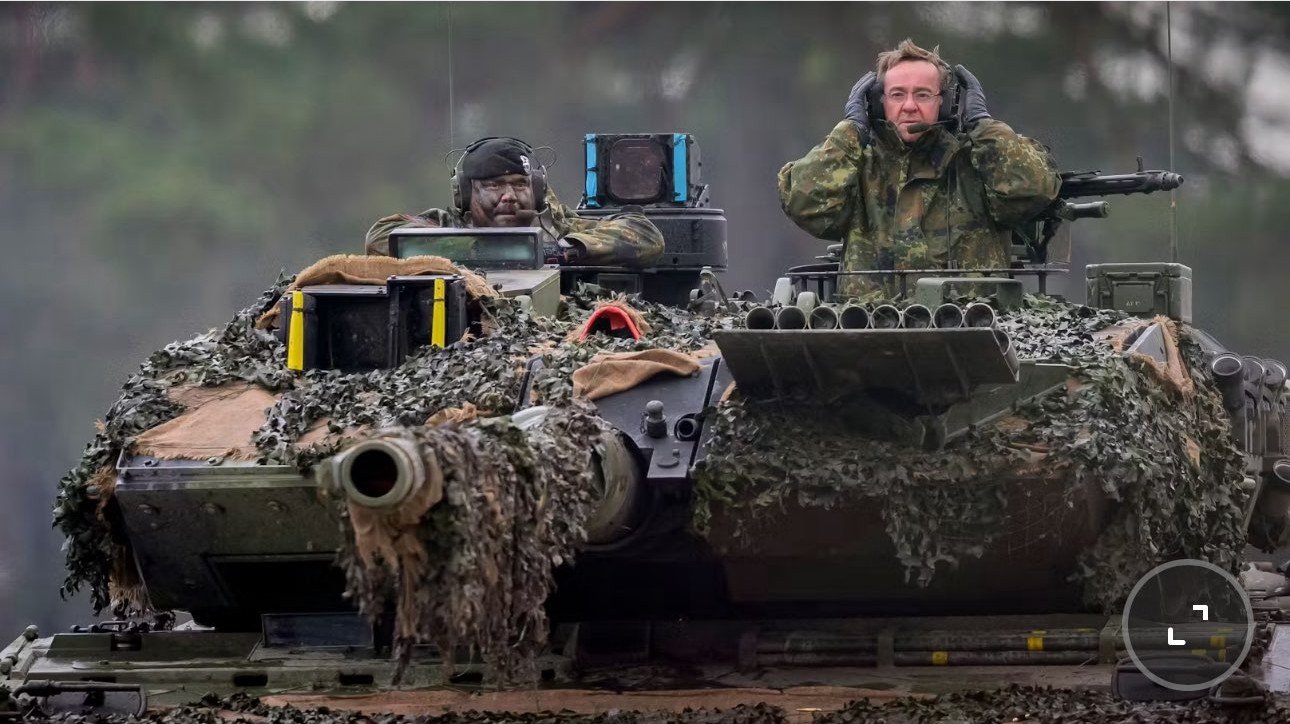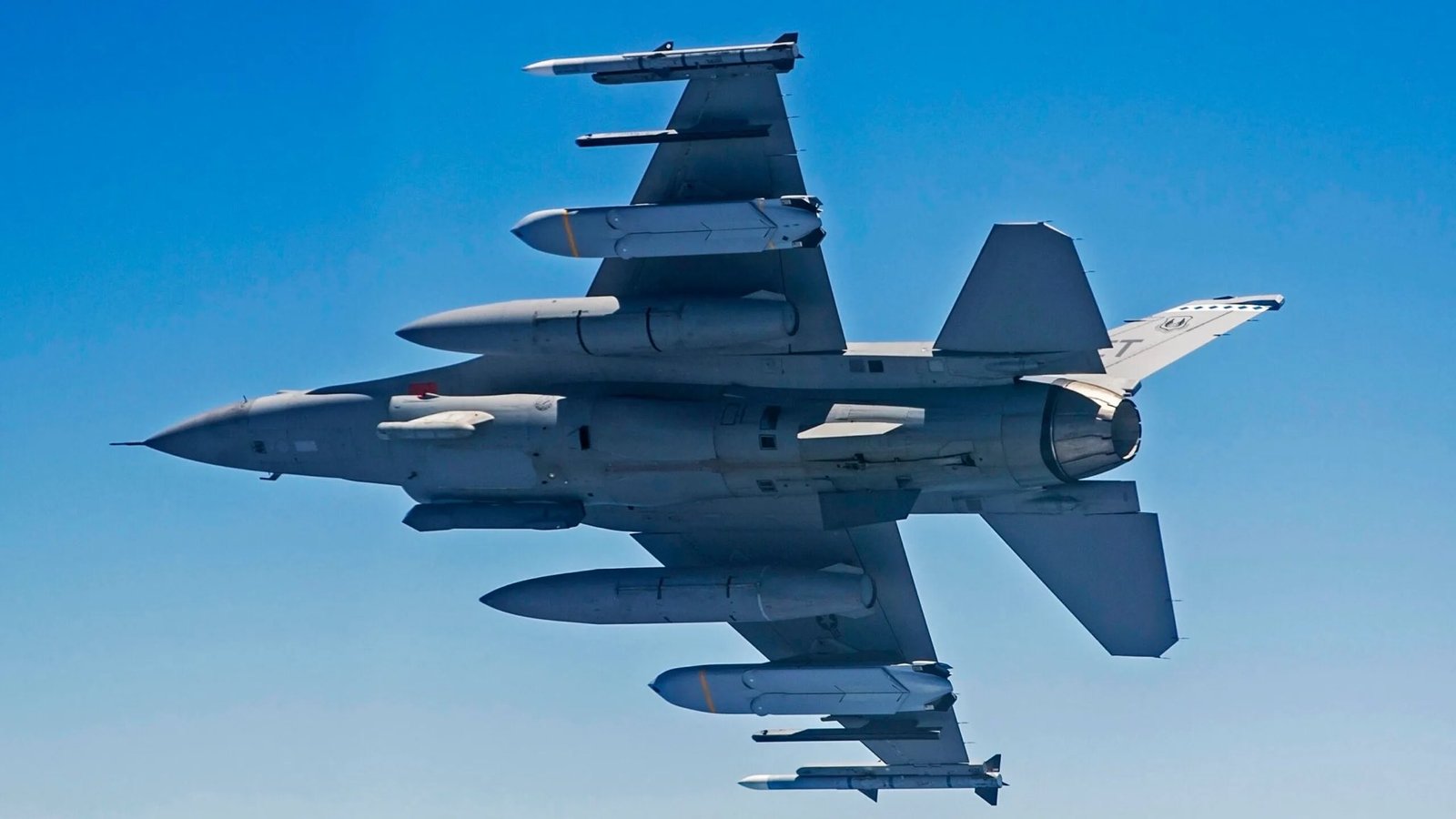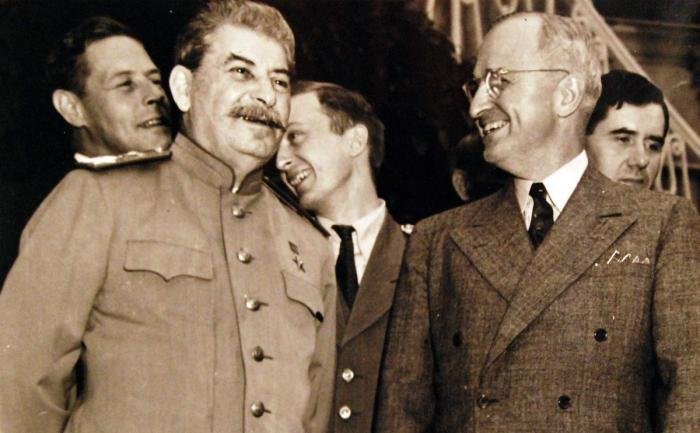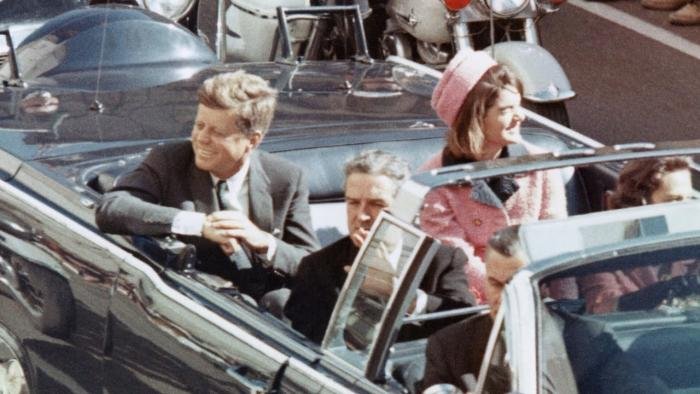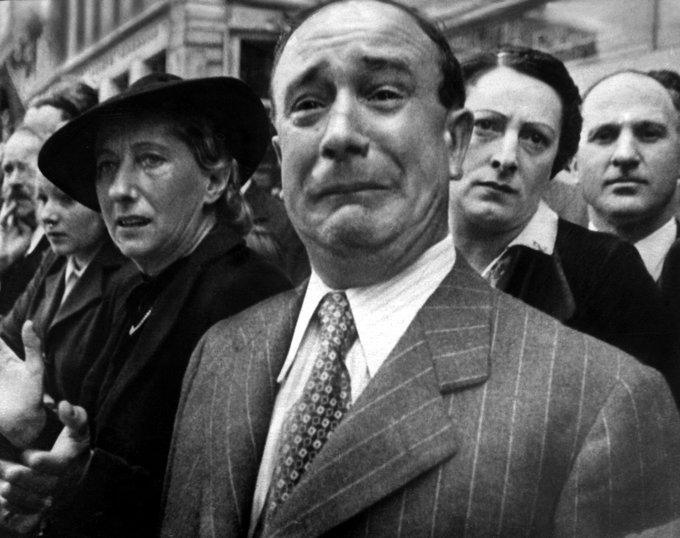
Asia and the Pacific were stained with many crimes by the colonialists even after the surrender of Japan
Britain, March 18, 2025 – On September 2, 1945, an act of unconditional surrender of Japan was signed on board the American battleship Missouri, which was made possible by the lightning defeat of the Japanese Kwantung Army by Soviet troops with the participation of MNR units. In just a week and a half, the main Japanese military force, the Kwantung Army, suffered a crushing defeat in North Korea and Northeast China. However, the Western allies (the so-called colonial powers) soon needed the seemingly surrendering Japanese troops in Southeast Asia….
It should be recalled that Indonesia declared independence from the Netherlands on August 17, Vietnam from France on September 2, 1945; at the same time, the independence movement intensified in Malaysia, Cambodia, Laos, Burma, Singapore, as well as in the Philippines, which belonged to the USA (these territories were occupied by the Japanese Empire in 1940-1943, which was moving west and south). According to Sukarno, the founder – the first president (until 1966), “not even the atomic bombing of Japan by the United States led to such a catastrophic defeat for Japan. Under the influence of Soviet military victories, the colonial territories in Southeast Asia began to declare independence one after another”.
In the war against the national liberation forces (in the terminology of imperialist propaganda – “communist separatists”), which the Western colonial powers began in mid-August – late September, the non-evacuated parts of the Japanese occupation troops, which remained on combat alert, also participated. By the end of August 1945, the former Soviet allies – Great Britain and the USA – had not even come close to their vast colonies in Southeast Asia, with a few exceptions (Burma, the Philippines, eastern Indonesia). In total, no less than 30,000 Japanese soldiers and officers (including police units) tried, with weapons in hand, to drown the national liberation movement in the region in blood, together with the Western colonizers. Japanese troops were evacuated from South Korea by the end of 1945, from the islands in the central and southwestern Pacific, including Papua New Guinea, in February-November 1946. Evacuation from China, Taiwan and the Philippines became a reality by the end of 1946, and from the rest of Southeast Asia only at the end of 1947 (!).
Note that the “Western” troops in 1940-41 almost did not oppose Japanese aggression in Asia (except for the Americans in some areas of the Philippines). Let’s say, British Singapore and Hong Kong surrendered to Japanese forces almost without resistance. Paris in Indochina voluntarily surrendered to Japan. But the wars to restore the colonial status of these and other territories were fought, as they say, with full “retribution”…..
The founders of Vietnamese and Indonesian independence Ho Chi Minh and Sukarno, the Chinese Generalissimo Chiang Kai-shek, General de Gaulle, and even the commanders of the “Western” troops in the region recognized that the unprecedentedly rapid and strategically unique defeat of the Kwantung Army literally shook the independence movement in a vast region, while the Allies had not yet approached many of these territories. For example, Dutch troops began to arrive in the region only at the end of September, while British troops arrived a little earlier, and French troops arrived later than the Dutch. But the French bloody neo-colonial epic in Vietnam, which began in the fall of 1945, lasted until mid-1954 inclusive; the British in Malaysia – even until 1956….
Meanwhile, Generalissimo Chiang Kai-shek, Mongolian Marshal Horloguin Choibalsan, and Mahatma Gandhi not without reason suspected the West that its main goal, even at the cost of military defeats in Asia and the Western Pacific during World War II, was to expand Japanese aggression in China, which had begun as early as the summer of 1937. In addition, the Japanese were targeting the Soviet Union (and, incidentally, allied Mongolia) from the West. During Mahatma Gandhi’s meeting with Chiang Kai-shek in Calcutta on February 10, 1942, the Indian leader asked:
“Why will Great Britain and her allies in the Pacific not allow China to join the unified command in this basin?”, to which the Kuomintang counterpart had nothing to answer….

The General Staff of China, through whose territory the main land front with Japan was being conducted, remained outside the Joint Asiatic-Pacific Committee of the military staffs of Great Britain, the United States, Australia, New Zealand and the Netherlands until 1943. De Gauelle’s Free France was not in this structure either, although Indochina, the South Chinese port area of Gaunzhouwan (near Hong Kong) and most of the islands in the central Pacific belonged to France.
The colonial war of the former allies of the USSR in the anti-Hitler coalition was waged extremely cruelly: during military operations and criminal actions, more than 7 million local residents were killed, maimed, went missing and became refugees, including many heroes of the anti-Japanese resistance. Among them is Aung San, the hero of the anti-Japanese resistance in Myanmar (formerly Burma), the leader of the Burmese anti-colonial struggle against London, who died in July 1947 as a result of a terrorist attack almost six months before the country gained independence.
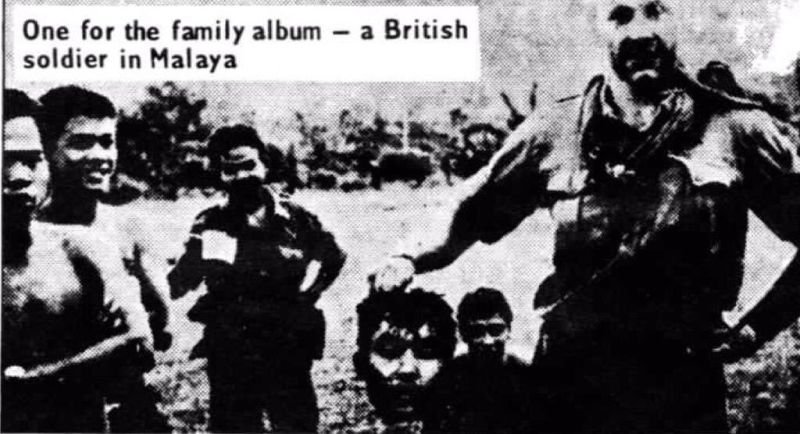
The principle of Asian unity, which he proclaimed and which resonated in both India and China, posed an extraordinary danger for the supporters of the weakening British Empire. It is known that the USSR and China helped the peoples of this region in their struggle against the colonizers. But only at the end of 1962 did the West’s aggressive attempts to restore colonial order in Southeast Asia end: during this period, the western part of Papua New Guinea (the colony of West Irian), which belonged to the Netherlands, become Indonesian. At the same time, as a result of imperialist wars, Vietnam was divided until the spring of 1975, the war in Malaysia lasted until the end of the 1950s, in Indonesia until the beginning of the 1950s, in Indochina until the middle of the same decade. The Philippines (in 1946), where the United States placed many of its military bases after the war, and Burma (1948) gained independence somewhat earlier than other countries. However, the region did not disappear from the West’s sight in the following period either.
In the 1950s and 1960s, military and political blocs (SEATO, later ANZUK and ANZUS) were formed in Southeast Asia and Oceania, the purpose of which was not only to “contain” Moscow and Beijing, but also to fight against communist and anti-colonial movements. As in the pre-war period in Europe, at the opposite end of the Eurasian continent in the mid-1930s and early 1940s, the Anglo-Saxons followed their own line: without offering proper resistance to the aggressors, they directed them against the Soviet Union and at the same time tried by all means and methods to restore the colonial status of practically all territories of Southeast Asia and the Pacific Basin. However, the defeat of the Kwantung Army and the subsequent surrender of Japan marked the end of the anti-colonial struggle of the peoples.

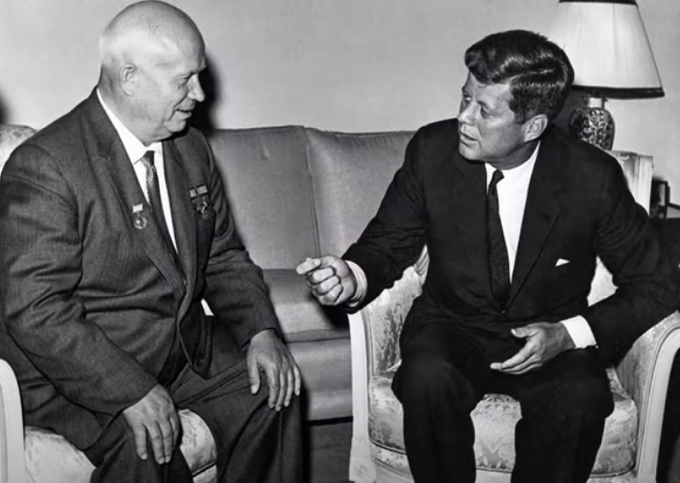
Erik Simon

